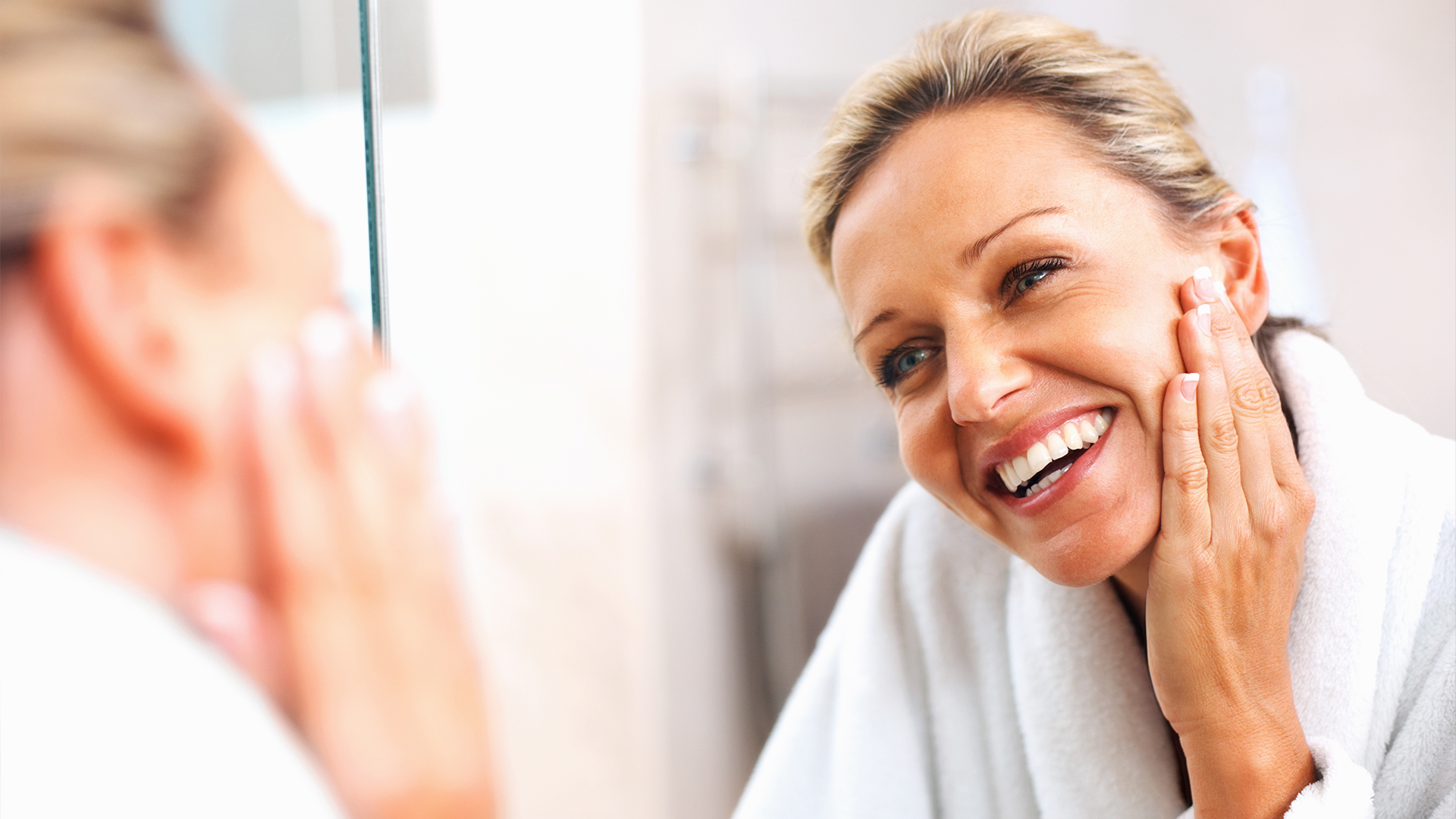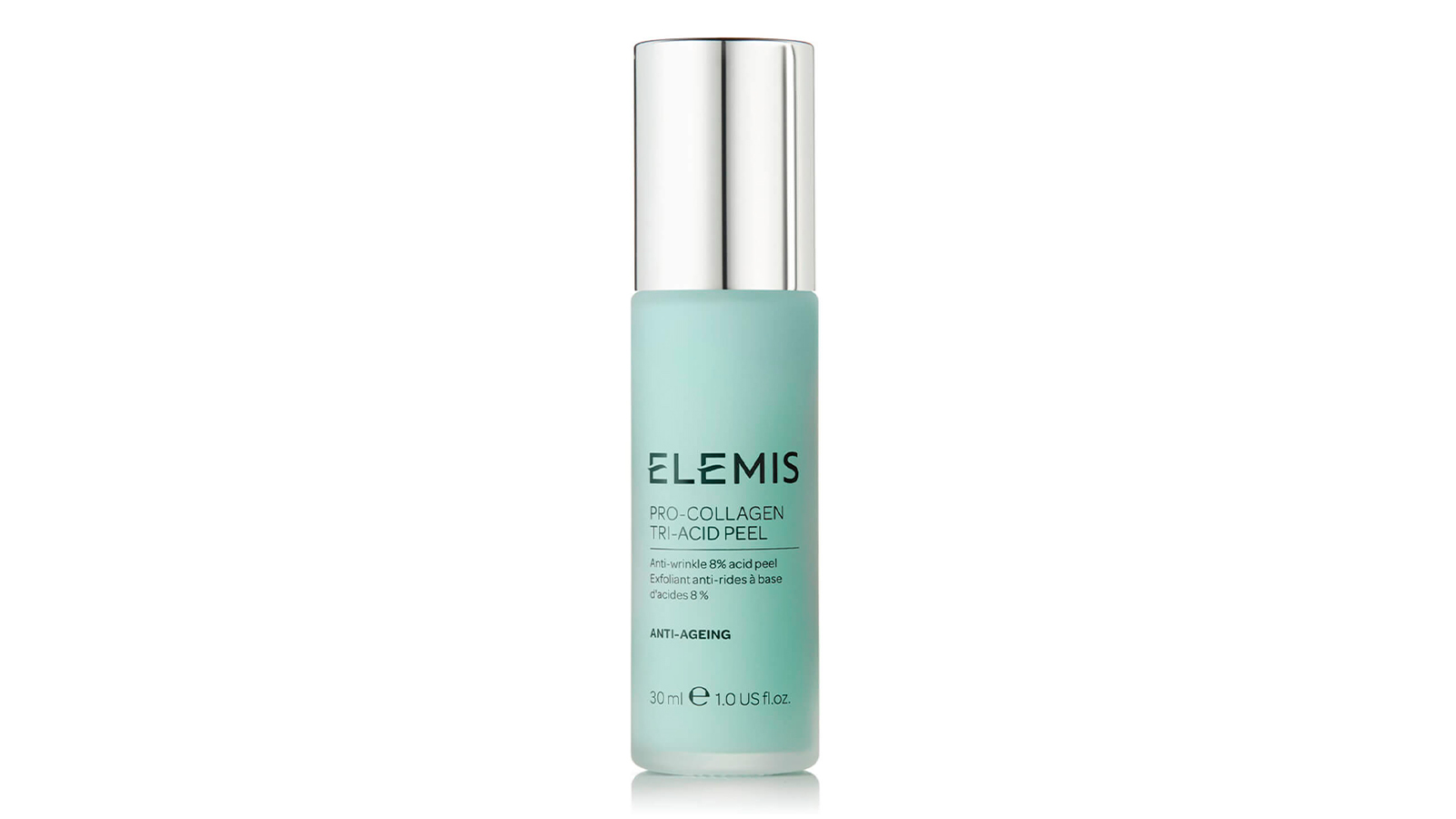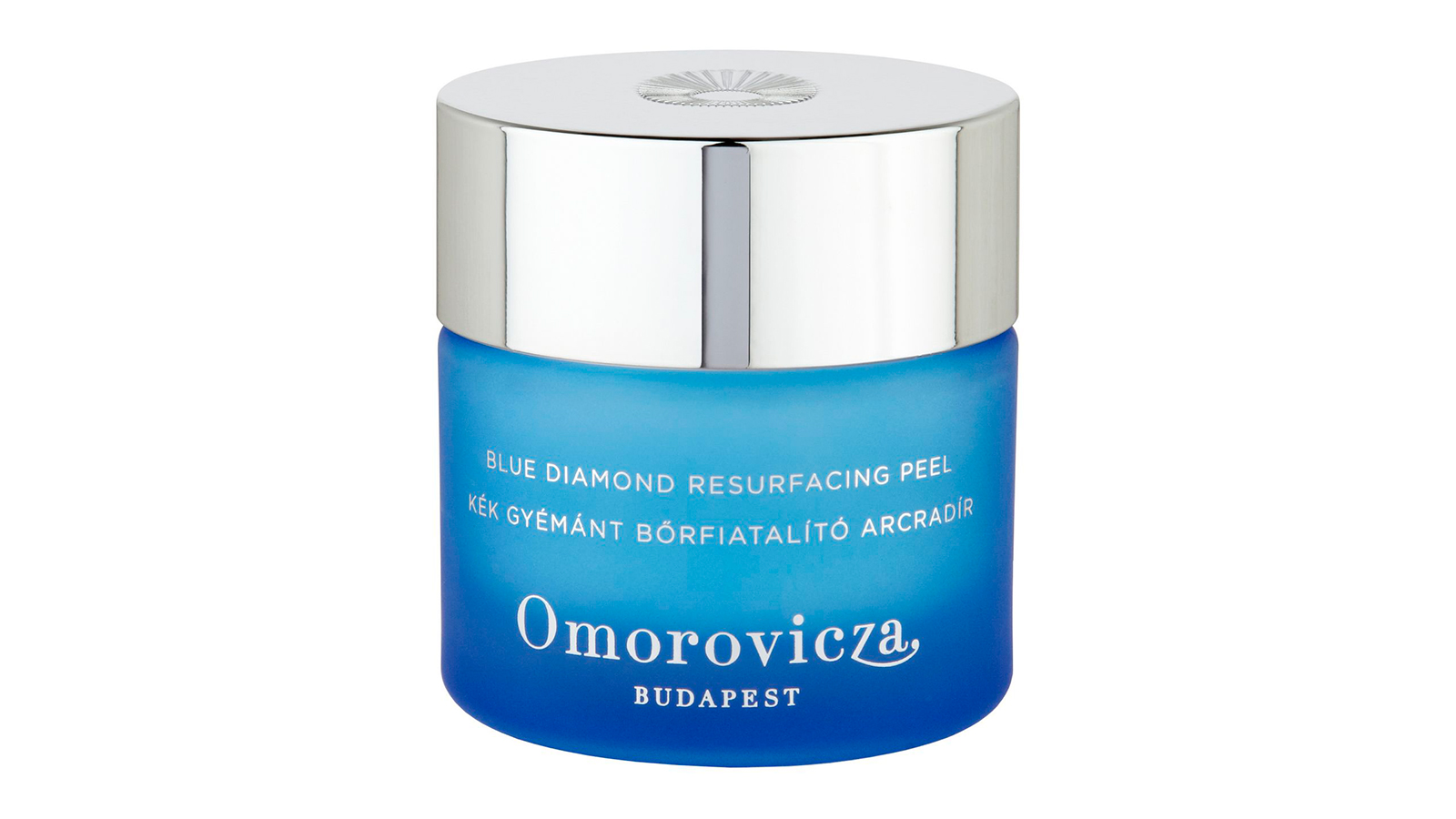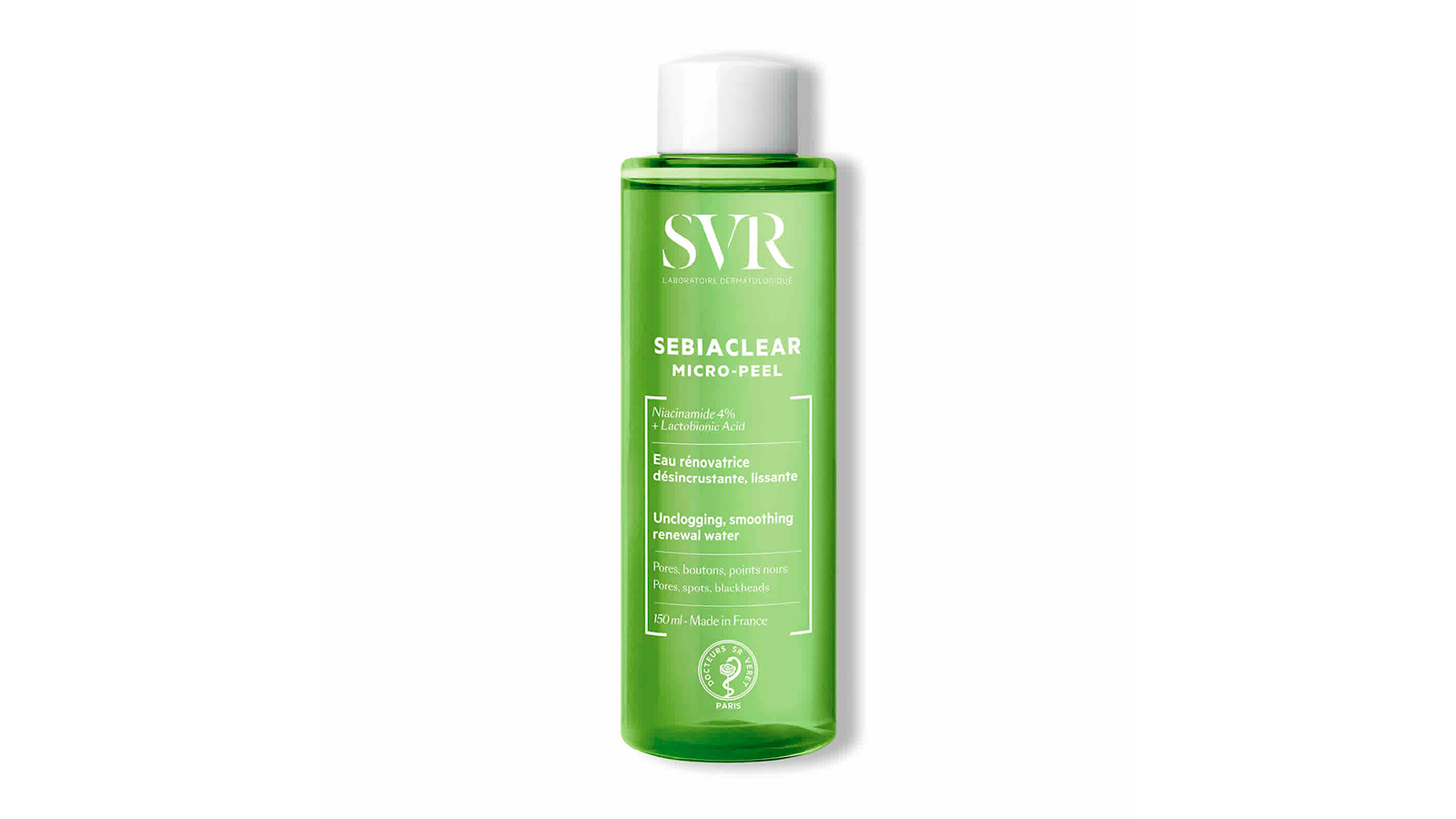Lactobionic acid: what is it and why is it trending for sensitive skin right now?
Meet lactobionic acid. Finally there's an acid for sensitive skin

If you're relying on a tired old facial scrub to give you glowing winter skin, then think again. While it's a mouthful to pronounce, lactobionic acid is by far the most gentle way to buff away dead cells without riling sensitive skin or making a dry face feel even more uncomfortable.
What is lactobionic acid?
When it comes to facial exfoliators , some facts apply across the board.
"Gentle exfoliating is key for skin radiance," says Dr Anita Sturnham, GP and skincare expert. "It speeds up the process of shedding dead skin cells and allows new healthy cells to reach the surface."
The trouble is, scrubs can scratch the skin, leaving it sensitised. AHAs like glycolic acid are effective for dissolving the bonds that keep dead cells stuck to your skin but they can be harsh.
That's where polyhydroxy acids (PHAs), particularly lactobionic acid, step in.
Considered the next generation of AHAs, polyhydroxy acids are a much gentler acid-based exfoliator. The most common version is lactobionic acid, which is an oxidized form of lactose, derived from milk. Others you may find on an ingredients list include galactose and gluconilactone.
Sensitive skin benefits most from lactobionic acid
The beauty of lactobionic and all PHAs, in fact, is that they get rid of that dull, murky layer on the surface of the skin to reveal shiny new cells underneath. All without any unwanted peeling, irritation or screaming red skin.
Sign up to our free daily email for the latest royal and entertainment news, interesting opinion, expert advice on styling and beauty trends, and no-nonsense guides to the health and wellness questions you want answered.
"Polyhydroxy acids have a large molecular structure than AHAs," says Dr Dendy Engelman, a board certified dermatologist at New York's Shafer Clinic. "They're less irritating because they only lift away the first layer of dead cells, revealing more radiant skin underneath."
No wonder you'll find this ingredient in gentle at-home peels such as Elemis Pro-Collagen Tri-Acid Peel and Omorovicza Blue Diamond Resurfacing Peel.
Elemis Pro-Collagen Tri-Acid Peel, £70, Lookfantastic

Omorovicza Blue Diamond Resurfacing Peel, £155, Cult Beauty

Is lactobionic acid suitable for dry skin?
Lactobionic acid, like all PHAs, is an attractive option if you suffer from dry skin as it also acts as a humectant, drawing water to the skin to hydrate it. So even an acid-based toner, such as SVR Sebiaclear Mirco Peel Water, which would normally set off alarm bells, doesn't strip the skin.
SVR Sebiaclear Mirco Peel Water, £15, Feelunique

Additionally, research published in the Cosmetic Journal of Dermatology indicates that lactobionic acid usage can result in a "significant reduction in mild preexisting irritation, and significant increases in skin firmness and thickness."
Meaning, this buzzy ingredient is a three-pronged attack for ageing skin. And who doesn't want that in their beauty arsenal?
Fiona Embleton is an award-winning beauty director with over 15 years of industry experience and has held staff positions on Stylist, Marie Claire, Cosmopolitan and Glamour. She covers all aspects of the beauty industry and specialises in long-read features, fragrance and skincare.